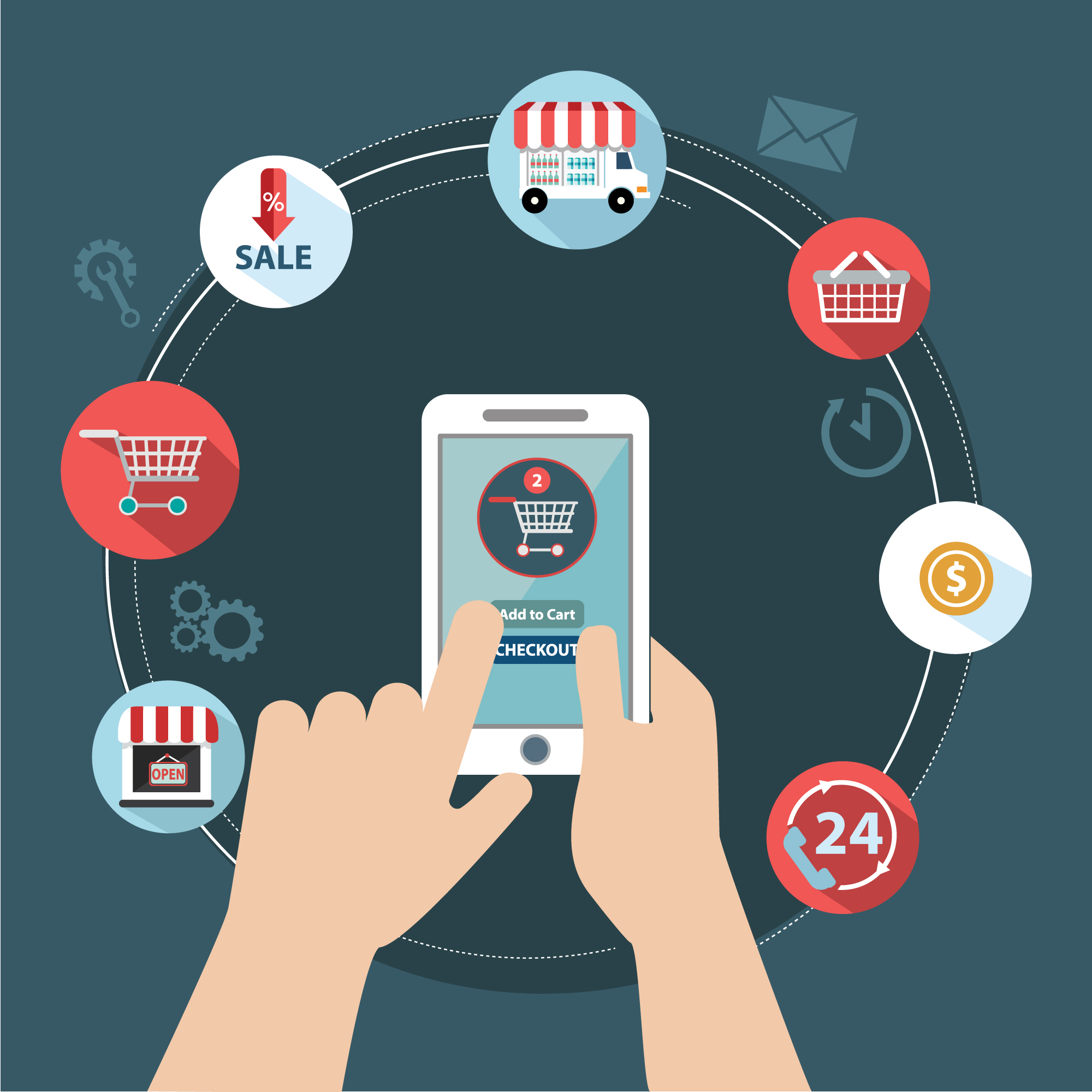
In 2025, the ecommerce landscape is evolving faster than ever. Consumers expect seamless, intuitive digital experiences, and businesses are racing to meet these demands. To thrive in this environment, it’s crucial to adopt effective ecommerce app development strategies that align with emerging technologies and user expectations. Whether you’re launching a new ecommerce brand or revamping an existing one, here are the best strategies to guide your app development process.
1. Focus on User-Centric Design
User experience (UX) is at the heart of successful ecommerce apps. A clean, responsive interface, intuitive navigation, and fast loading times can make or break your app. In 2025, personalization is key. AI-driven interfaces that adapt to user preferences are gaining traction. For example, intelligent product recommendations, personalized homepages, and contextual search features can drive engagement and conversion.
Moreover, inclusive design has taken center stage. Ecommerce platforms must cater to users of all abilities by implementing accessible design features such as voice navigation, larger fonts, and high-contrast color schemes. By designing with empathy and inclusivity, ecommerce apps can reach a broader audience and provide a better overall experience.
2. Integration of AI and Machine Learning
Artificial intelligence (AI) and machine learning (ML) are transforming ecommerce app development. These technologies allow for advanced features such as predictive search, chatbots for customer service, inventory forecasting, and dynamic pricing models. In 2025, AI is not just a bonus—it’s becoming a necessity.
Ecommerce businesses should leverage AI to create smarter shopping journeys. For example, ML algorithms can analyze a user’s behavior to suggest products with higher conversion potential. AI-powered visual search enables users to upload images and find similar products instantly, providing a more engaging and efficient shopping experience.
Partnering with an experienced Ecommerce App Development company can ensure that these AI capabilities are seamlessly integrated, offering competitive advantages and improved ROI.
3. Optimize for Mobile-First and Multi-Device Experiences
With mobile commerce continuing to surge, a mobile-first strategy is essential. Your ecommerce app must be designed to perform flawlessly across a variety of devices—from smartphones to tablets to foldable screens. Responsive design alone is no longer enough; optimization should include adaptive layouts, device-specific features, and minimal load times.
Progressive Web Apps (PWAs) are also gaining ground in 2025. They combine the best of mobile apps and websites, offering fast load times, offline functionality, and push notifications—all without requiring downloads from an app store. This makes them particularly attractive for businesses targeting users in regions with limited internet connectivity or storage space.
Cross-platform development tools like Flutter, React Native, and Kotlin Multiplatform are enabling faster, more cost-effective app rollouts. Choosing the right tech stack ensures scalability and smooth updates, essential for keeping your app competitive.
4. Embrace Headless Commerce Architecture
Headless commerce is a game-changing strategy in 2025. This approach decouples the frontend (user interface) from the backend (business logic), allowing developers to update one without affecting the other. This architecture provides greater flexibility in design and functionality, enabling brands to innovate faster.
With headless commerce, you can build customized user experiences for different platforms—mobile apps, websites, wearables, and voice interfaces—while maintaining a unified backend. It supports faster experimentation, A/B testing, and rapid integration of new features or services.
APIs play a pivotal role in headless development, enabling third-party integrations such as payment gateways, inventory systems, and CRM platforms. This modular architecture enhances scalability and helps your business adapt to changing market demands swiftly.
5. Leverage Data and Analytics for Continuous Improvement
In ecommerce, data is power. Analytics tools offer actionable insights into user behavior, sales trends, and app performance. By integrating real-time analytics dashboards, developers and marketers can continuously monitor key metrics and make data-driven decisions.
In 2025, predictive analytics is helping businesses anticipate user needs before they arise. For instance, understanding when customers are likely to make repeat purchases allows you to time promotions effectively. Heatmaps and session recordings provide visual insights into how users interact with your app, identifying friction points and areas for improvement.
Security and compliance should not be overlooked. As apps collect more personal data, ensuring compliance with data protection laws (like GDPR and CCPA) and implementing secure data storage practices is essential.
When selecting a development partner, consider a Mobile App Development company that emphasizes secure coding practices and has a strong track record with data-driven UX improvements. This helps ensure your app remains secure, compliant, and competitive.
Conclusion: Partnering for Long-Term Success
Creating a high-performing ecommerce app in 2025 requires a strategic blend of user-focused design, advanced technology, and agile development processes. From incorporating AI-driven personalization to adopting headless architecture, the right strategies can dramatically impact your growth trajectory.
But success isn’t just about technology—it’s also about partnership. Choosing the right development partner can be the difference between an average app and a market leader. For businesses seeking robust and scalable ecommerce solutions, aligning with a Shopify Web Development company can help you leverage the power of one of the most versatile and trusted ecommerce platforms available today.
By combining these proven strategies with expert collaboration, your ecommerce app can not only meet the expectations of 2025’s digital-savvy consumers but exceed them—setting the foundation for sustainable success in the years to come.